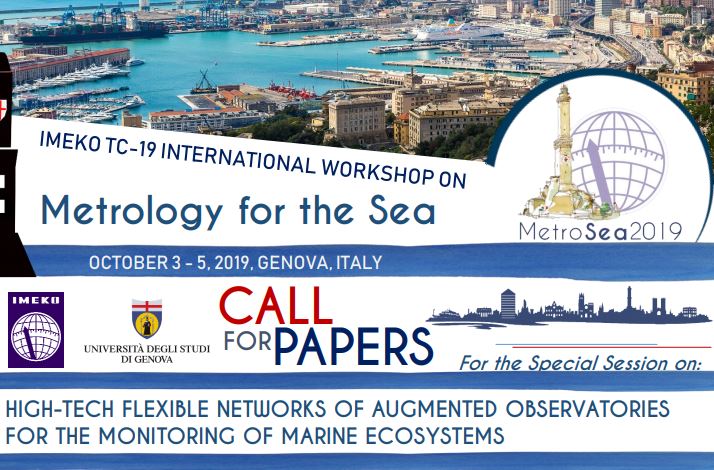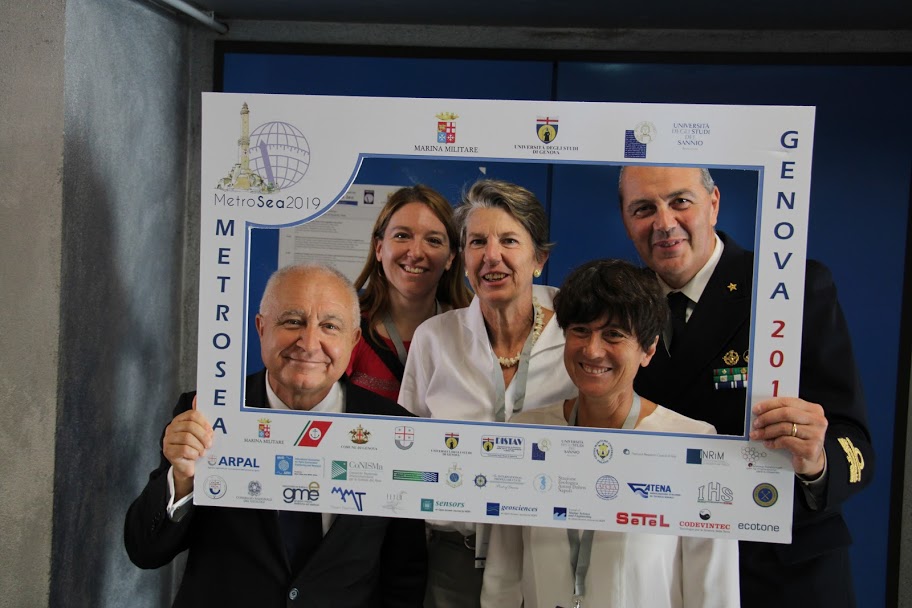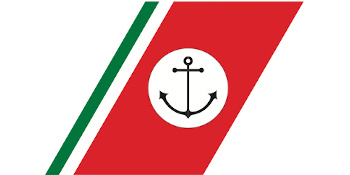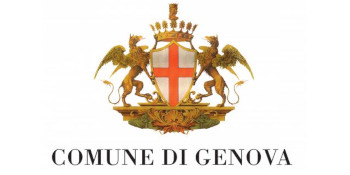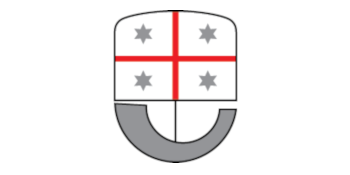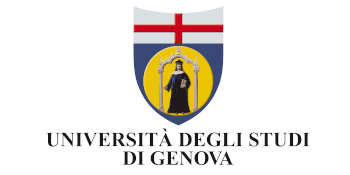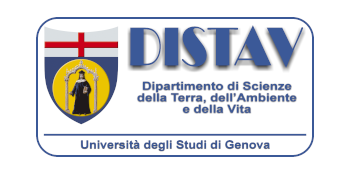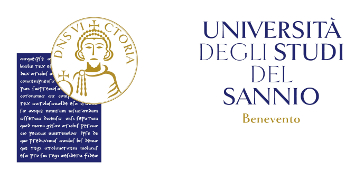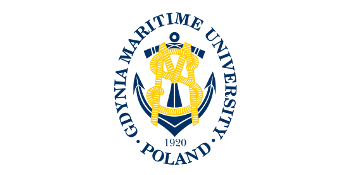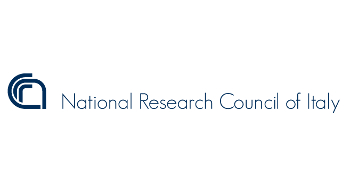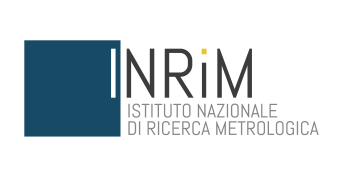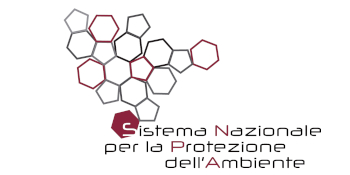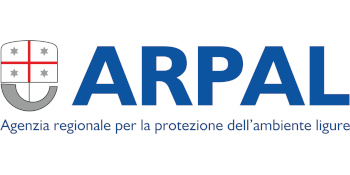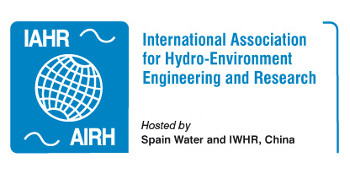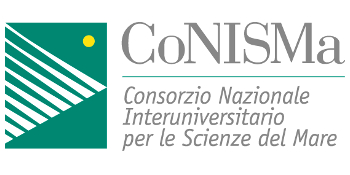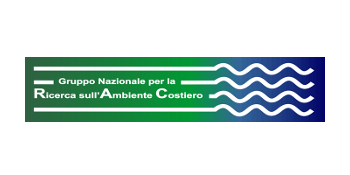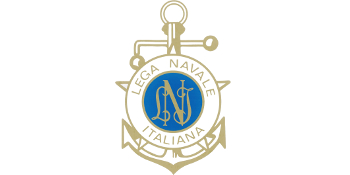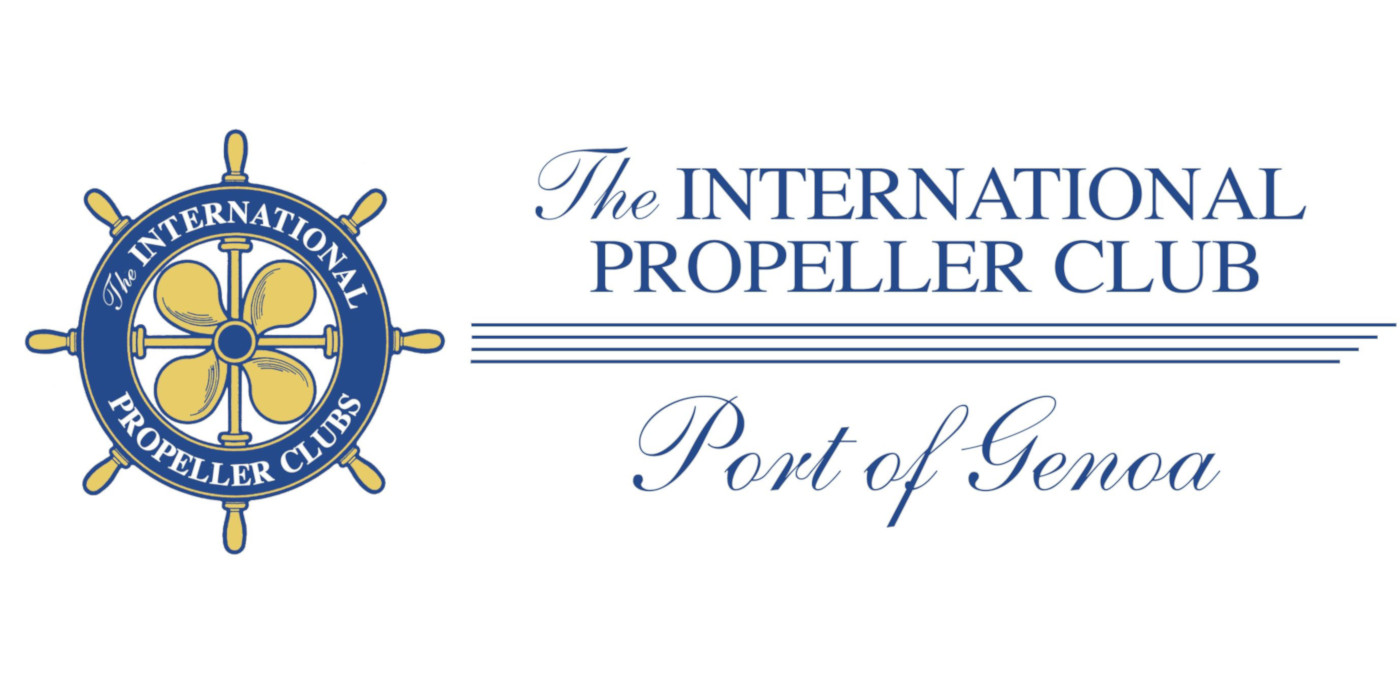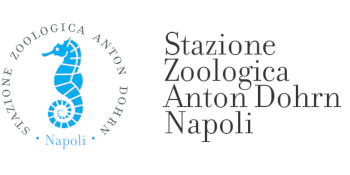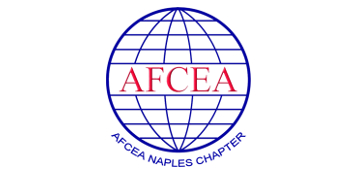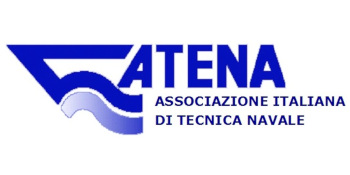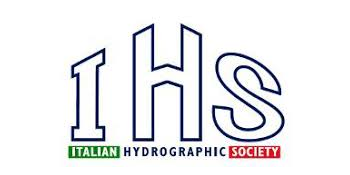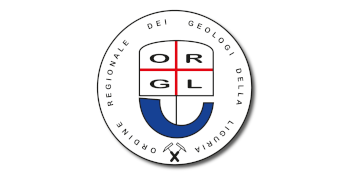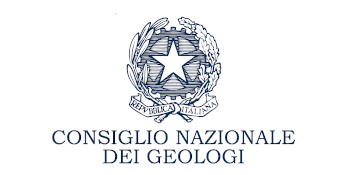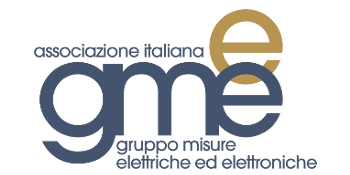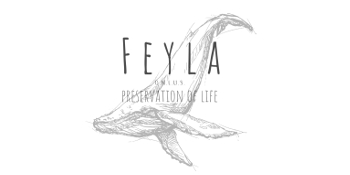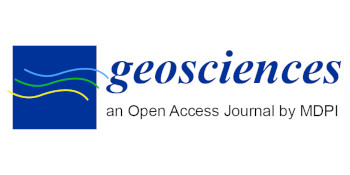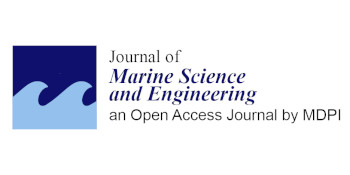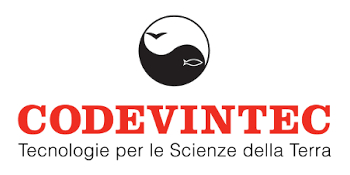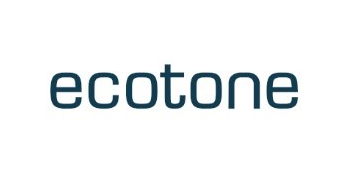High-tech flexible networks of augmented observatories for the monitoring of marine ecosystems
ORGANIZED BY
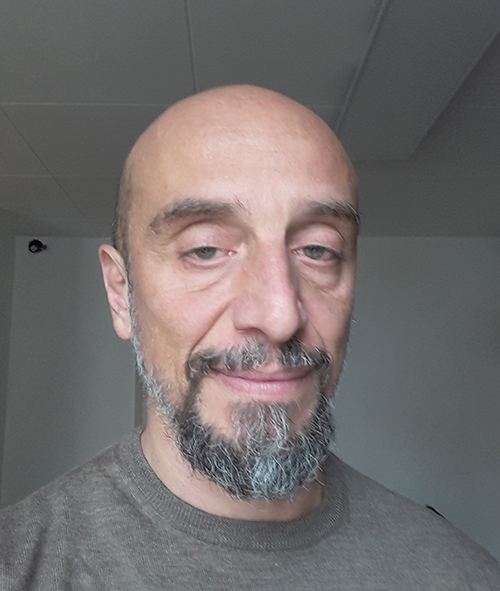
Jacopo Aguzzi
ICM (CSIC), Italy
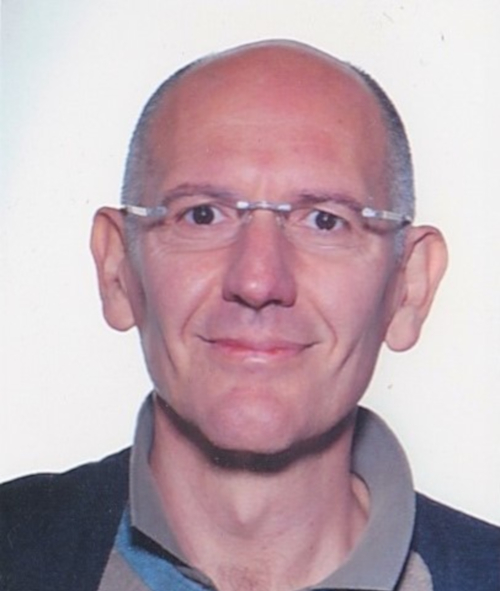
Fabio Conversano
Stazione Zoologica Anton Dohrn Napoli (SZN), Italy
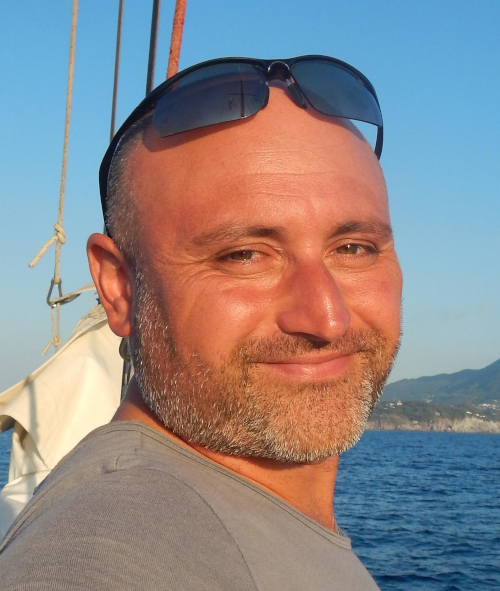
Domenico D’Alelio
Stazione Zoologica Anton Dohrn Napoli (SZN), Italy
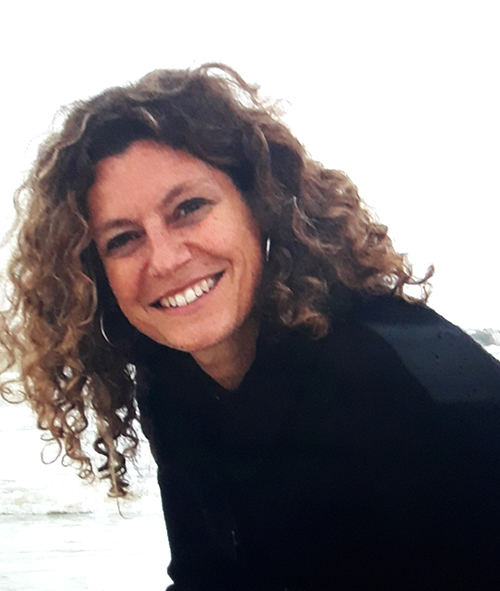
Emanuela Fanelli
Polytechnic University of Marche (UNIVPM), Italy
![]()
Daniele Iudicone
Stazione Zoologica Anton Dohrn Napoli (SZN), Italy
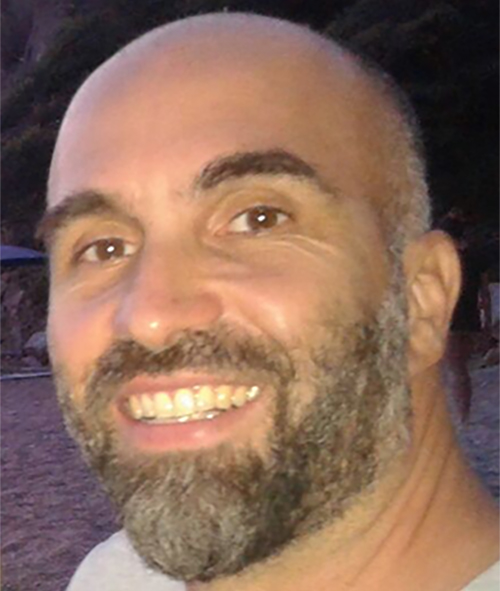
Simone Marini
ISMAR (CNR), Italy
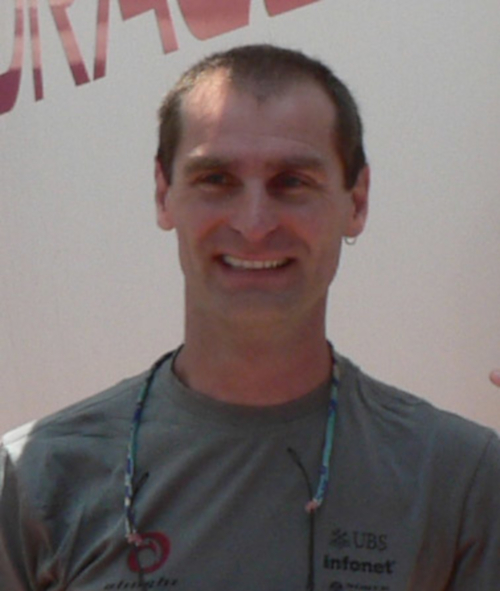
Sergio Stefanni
Stazione Zoologica Anton Dohrn Napoli (SZN), Italy
ABSTRACT
Increasing interest in the acquisition of marine biotic and abiotic resources (e.g. fisheries, oil-gas extraction, and mining) urgently imposes the development of novel monitoring technologies, beyond the traditional vessel-assisted, time-consuming, high-cost sampling surveys. The implementation of fixed augmented observatories (cabled or stand-alone), possibly equipped with docked mobile platforms, for the seabed and water-column investigation and monitoring are presently enforced, to cooperatively measure biological features and environmental (physical-chemical) parameters. Video and acoustic imaging are becoming central approaches for studying nektobenthic and epibenthic megafauna (e.g. quantifying species presence, behaviour, and trophic interactions) in a remote, continuous, and prolonged fashion. Imaging is also being complemented by in situ environmental-DNA sequencing technologies, allowing the traceability of a wide range of organisms (including prokaryotes) beyond the reach of opto-acoustic tools. The upgraded version of the Environmental Sample Processor (3G-ESP) performs molecular analytical functions including digital quantitative polymerase chain reactions (qPCR). The fitting of the 3G-ESP onboard of a long-range autonomous underwater vehicle makes this unit of flexible use cabled and mobile observatories. A promising step forward includes sampling at deeper water and full sequencing facilities onboard. In situ observations can be implemented by laboratory analyses pertaining to -omics technologies carried out on ad hoc samples of DNA/RNA derived from natural communities. These observations can augment the resolution of studies oriented towards describing the relation between biodiversity and ecosystem functioning. Such augmented observatories equipped with heterogeneous sensors, implemented by deeper laboratory observations, managed by Internet of Things (IoT) services and data science approaches, shed new light in the marine science panorama and produce new knowledge for improving ecosystem services.
TOPICS
In this context, a call for contributions is made upon the following themes
- Novel and interconnected technologies for improved monitoring of a wide range of environmental impacts.
- High-tech networks of interactive fixed (cabled or stand-alone) observatories and docked mobile platforms to enhance environmental monitoring capacity at appropriate spatial and temporal scales.
- Automation in video and acoustic image processing to monitor organisms within a wide range of ecological sizes, ecosystem functioning, services, and health.
- Genetic and -omics automated approaches to biodiversity and ecosystem functioning analyses to be also implemented in situ for species traceability and biodiversity assessments.
- Data science and IoT approaches to optimize acquisition, processing and interpretation of physic, biological and ecological data.
ABOUT THE ORGANIZERS
Jacopo Aguzzi is a marine ecologists working with fisheries that is to date broadly interested in the monitoring of marine environments and the status of the services they provide by autonomous robotic technologies. He dedicated his research to the understanding of how biodiversity and ecosystem functioning are affected by behavioural rhythms of megafauna, which bias our sampling outcomes due to massive populational movements into the benthopelagic 3D scenario. Since the past decade, he is conducting an extensive monitoring activity on species behavioural rhythms and resulting community dynamism by cabled seafloor video-observatories and their docked mobile platforms, from the coastal areas to the deep-sea. As a result of that, he progressively got more interested in technological solutions allowing the establishment of autonomous monitoring networks of cabled observatories and mobile platforms as well as in automated video-imaging for biological data extraction (i.e. species tracking and classification) and storage in multidisciplinary data banks.
Fabio Conversano: technologist, his research focuses on the study of hydrological and biogeochemical cycles in the Mediterranean Sea in relation to atmospheric forcing and climate change, and in particular on flows and budgets of nutrients and dissolved oxygen in its water masses. In addition, he manages, organizes, and participates in, oceanographic cruises within national and international research projects and takes care of the management and organization of databases (oceanographic data collected).
His roles in the projects include: scientific support to the study of fluid dynamics correlated to chemical, physical and biological data, within the context of biogeochemical cycles of the Mediterranean Sea, and the technological support for the acquisition, processing, graphical representation and analysis of oceanographic data. This second role includes know-how and management of oceanographic instrumentation.
Domenico D’Alelio: Research scientist at Stazione Zoologica Anton Dohrn, he has a wide experience in plankton ecology and evolution, with about 15 years of research activity including PhD at SZN and Post-doc specialization at Edmund Mach Foundation (Trento, Italy), and he has been involved in different National and International projects. His main scientific interest is studying plankton ecology by explicitly considering the evolutionary histories of species and the interactions between them, by intersecting issues pertaining to organismal biology, demography, community assembly, systems ecology, and network science. Author of more than 20 papers in SCI journals, he is member of the Presidential Council of the Italian Association of Oceanography and Limnology, member of the Association for the Studies of Limnology and Oceanography (ASLO) since 2008 and he is also a science communicator and writer.
Emanuela Fanelli: Marine ecologist (PhD in Ecology and Management in Biological Resources), Associate Professor at the Polytechnic University of Marche in Ancona (Italy). Her main fields of investigations are deep-sea biodiversity and ecosystem functioning, with special focus on food webs and their potential alteration by direct (fishing activities) or indirect (i.e. climate change, invasive species) human impacts. She is also involved in projects and activities which imply the use of advanced technologies such as underwater observatories to depict the complexity of marine ecosystems, by taking advantage of the contemporary acquisition of both biotic and abiotic data to understand how environmental variability can drive biological processes.
Daniele Iudicone is a senior scientist at Stazione Zoologica Anton Dohrn in Naples. He is a physical oceanographer with interests on the role of ocean mixing and turbulence in setting the oceanic overturning and the associated biogeochemical cycles. As one of the coordinators of the Tara Oceans global expedition he has directed or contributed to several multidisciplinary studies (published in Nature, Science, Nature Geosciences, PNAS). He is the co-leader of the Action on new global observations within the G7 working group on the “Future of the seas and oceans” and of the sub-Action on marine Augmented Observatories combining physics (including turbulence), trace metals chemistry, biology and genomics.
Simone Marini: Laurea degree in Computer Science and the PhD in Electronic and Computer Engineering, both from the University of Genova (Italy). His current research activity deals with pattern analysis, recognition and classification of marine ecological data, with special interest in feature and variable selection, multivariate analysis and knowledge discovery, mainly through evolutionary computing approaches. He studies methodologies for the acquisition, recognition and classification of image, videos and 3D models from either form the sea water column or the sea-bed.
Sergio Stefanni: has competence in marine organisms extends from systematics, with a solid background on fish and sharks taxonomy, to genetics. He has experience in phylogeny, population genetics and genomics, with the aim to better understand speciation processes in marine organisms. He uses transcriptomics to explore genes that better respond to adaptation to environmental changes as well as understanding mechanisms of adaptation to extreme environments (deep sea environments and hydrothermal vents). He is particularly interested in applying HTS routines for eDNA monitoring and its implementation in autonomous robotic samplers onboard of underwater vehicles. As a dedicated researcher in the area of marine molecular biology, he was granted for funding in a number of high profile European projects dealing with evolution, systematics, biodiversity and conservation.





